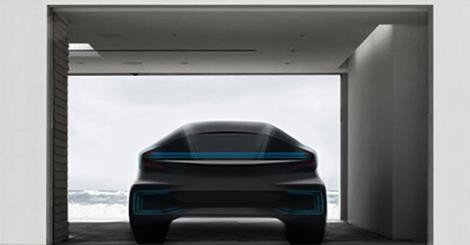A relatively unknown electric startup company made headlines after its overnight transition from obscurity to the main spotlight. Faraday Future is the newest player in the electric car market and plans to build a $1 billion manufacturing plant in several United States location with its first vehicle hitting the market in 2017.
The surprisingly large capital has led many industry analysts to think that Faraday Future is a front for Apple's entry into the car industry.
Faraday Future started its operation in 2014. The company was based in California and used a former Nissan research facility as its headquarters. In less than a year of operation, the company has grown its staff to over 400 workers and plans to reach 500 before the end of 2015. Despites its low profile status, the company managed to put together a team that includes the head designer of the BMW i8, a battery specialist from SpaceX and a former interior designer for Ferrari. Faraday Future's employees have backgrounds ranging from General Motors, Ford, Volvo, Facebook and Google.
It sound quite unusual, but Faraday Future has refused to name its CEO. The current spokesperson of the company is Nick Sampson, the former director of vehicle and chassis engineering for Tesla, according to USA Today.
It appears that Faraday Future also borrows the same naming scheme as Tesla. Just as Tesla is named after Nikola Tesla who pioneered the alternating-current electric current, Faraday Future named its company after Michael Faraday whose research on electrical fields helped revolutionize electricity as we know it today.
According to Apple Insider, Faraday Future is planning to build a $1 billion manufacturing plant in Nevada, California, Georgia or Louisiana. The company claims that it "plans to explore other aspects of the automotive and technology industries, including unique ownership and usage models, in-vehicle content and autonomous driving."



























